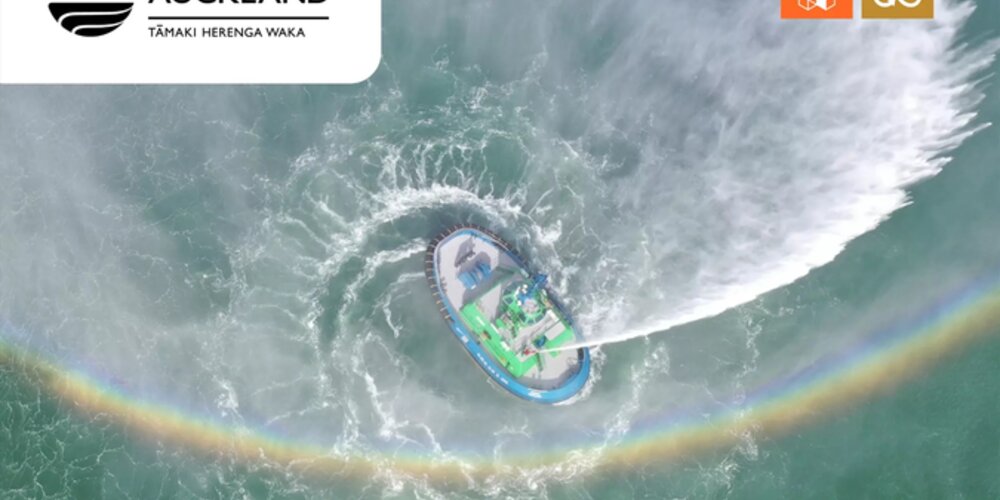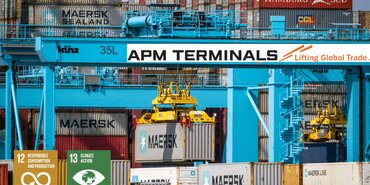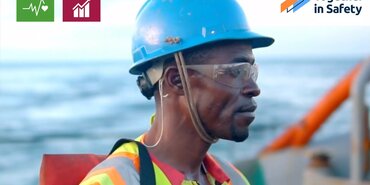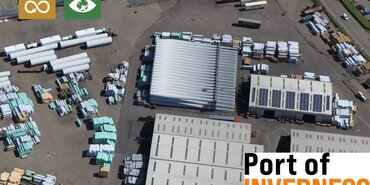The benefits of electric tug boats

Port of Auckland brought the world’s first fully electric harbour tug “Sparky” into operation in 2022, following a lengthily research process that commenced back in 2016. At the outset of the process, all ship yards and naval architects approached were of the opinion that a fully electric tug was still many years away from becoming a reality.
Interestingly, much of the equipment and on board technology on Sparky had been available off the shelf for several years, the challenge faced was to integrate all of those systems on board, especially the automation & control systems.
Much of the equipment and on board technology on Sparky had been available off the shelf for several years, the challenge faced was to integrate all of those systems on board.
Of course a key consideration was to ensure that the physical capabilities of the proposed electric tug were at least equal to the existing diesel powered equivalent. Aside from the required physical capabilities, perhaps the most important aspect through the design process was to calculate the correct energy storage capacity (battery capacity) to ensure that the electric tug was capable of meeting the demanding shipping schedules. Having to charge the tug’s batteries when our customers needed to be served was not a viable prospect. One identified outcome of this process was to maximise the shore charging power to 1500Kw, so that the tug could be charged quickly between shipping demands.
The aspiration at the outset of the process was to explore viable opportunities to reduce the Port of Auckland’s carbon emissions against our current fleet. In addition to the reduction in emissions, other benefits have been realised. The operational costs of Sparky are approximately 50% of the diesel tug equivalent, so there have been significant fuel cost savings. There are also significantly lower maintenance costs when compared to maintaining diesel engines and associated equipment.
The operational costs of Sparky are approximately 50% of the diesel tug equivalent
Implementing the world’s first operational electric tug meant that Port of Auckland were a first mover in this space, while there have been benefits, this also presented great challenges through the design phase as there was no defined model as to what was required, resulting in challenges at every juncture. Through these early phases there were numerous considerations, not least a great deal of system integration that required bespoke design, including a shore side charging facility and automation/ control systems.
Once we were satisfied of the physical and operational capabilities of Sparky, at the outset of the electric tugs’ operational life, there were further challenges that were overcome. New training programs were required for the crew and the engineers that would operate and service the electric tug. In part because these were new, training took longer when compared to a diesel tug equivalent. In the early days of operation, particularly during busy shipping days, careful energy planning was particularly important to ensure that the tug remained operational.
While there were undoubtedly challenges in introducing Sparky to our tug fleet, the vessel is fully operational and its reliability and technical availability has surpassed our initial expectations. Against our initial aspirations of reducing operational emissions, the initiative has been a success, we are now realising a 30-40% fuel consumption reduction (total litre /hour) of the Port of Auckland tug fleet compared previous years.
While the initiative to implement the world’s first electric tug has been a success and has demonstrated the art of the possible, from a commercial standpoint, there remains an additional cost when compared to a diesel equivalent, which is likely to be a barrier for wider adoption in the immediate future.
The name of the world’s first electric tug, Sparky, was decided through a public competition run by Port of Auckland, which attracted widespread attention of the initiative and port operations generally, which was an additional positive experience.

-
Have you got a story to tell? Get in touch using the button below, we would love to hear from you!
- Author
- Port of Auckland
- Date
- 15/03/2024




